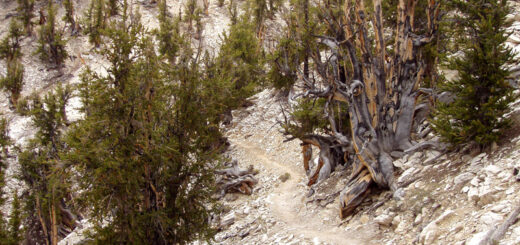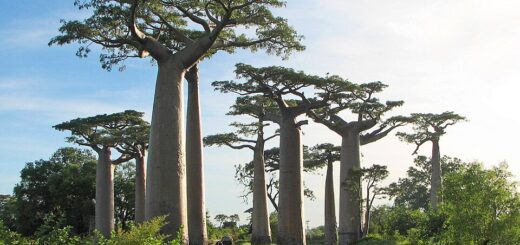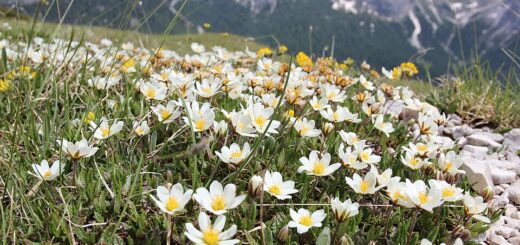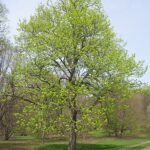American Basswood Tree – The Underrated Giant of North Forests
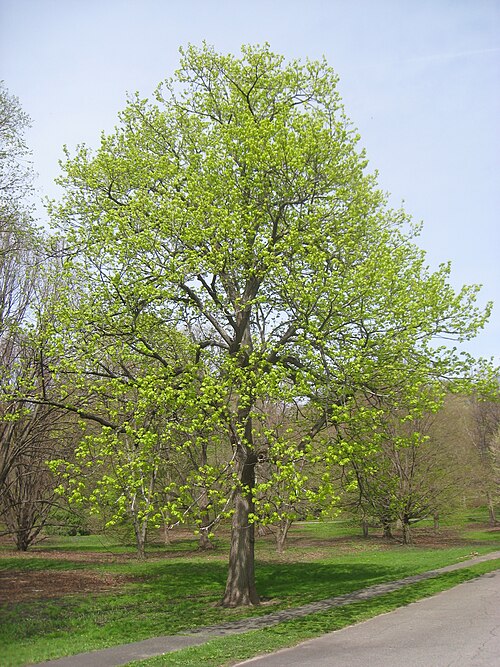
When we think of majestic North American trees, the towering redwoods of California or the colorful sugar maples of New England often steal the spotlight. But hidden among them is a tree just as valuable and unique — the American Basswood (Tilia americana). Native to the eastern and central United States, this tree is a quiet contributor to both the environment and human culture, with a legacy that spans centuries.
Meet the American Basswood Tree
Also known as American linden, the basswood is a deciduous tree that can grow up to 80 feet tall, with a wide-spreading crown and heart-shaped leaves. It thrives in rich, well-drained soils and is commonly found in mixed hardwood forests. The tree’s bark is gray and furrowed, with a soft, fibrous texture underneath — a trait that hints at one of its historical uses.
One of its most charming features appears in early summer when the tree produces clusters of pale yellow, fragrant flowers. These blooms aren’t just pretty — they’re a magnet for pollinators, especially bees. In fact, the basswood is sometimes called the “bee tree” because its nectar-rich flowers produce some of the finest, light-colored honey in North America.
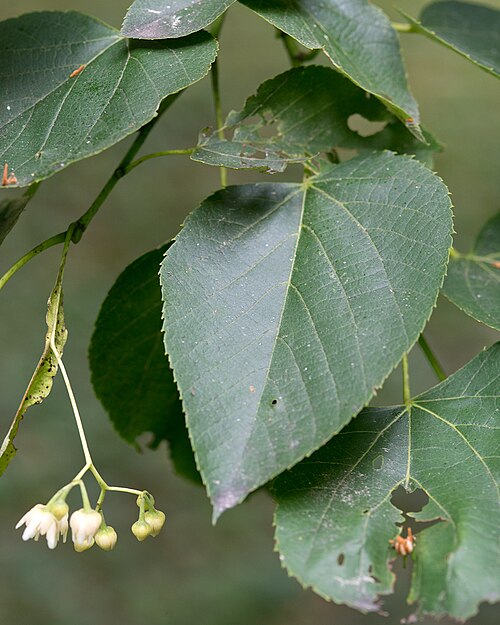
American Basswood or American Linden (Tilia americana ) foliage and inflorescence. – Creative Commons | Author:Plant Image Library – Source: https://commons.wikimedia.org/wiki/File:Tilia_americana_(American_Linden)_(28268263222).jpg
A Tree with Many Talents
Woodworking Wonder:
Basswood is prized by woodworkers and carvers for its soft, lightweight, and fine-grained wood. It’s easy to cut, doesn’t splinter easily, and holds detail beautifully, making it perfect for hand carving, cabinetry, and even musical instruments like electric guitar bodies.
Medicinal and Cultural Uses:
Indigenous peoples used different parts of the basswood for food, medicine, and crafting. The inner bark was processed into cordage and ropes, while the flowers were used in teas for their calming effects — a tradition that continues today in herbal medicine circles.
Shade and Beauty:
Because of its broad leaves and rapid growth, American basswood is often planted in parks and large gardens as a shade tree. It’s also favored in urban landscaping thanks to its tolerance of pollution and pruning.
Ecological Importance
Beyond its value to humans, the basswood plays a vital role in its ecosystem. Its flowers support bees and other pollinators, while the leaves and seeds provide food for various wildlife, including birds, squirrels, and even deer. The tree also contributes to soil health through its leaf litter, which decomposes quickly and enriches the soil.
Challenges and Conservation
Like many native trees, the American basswood faces threats from habitat loss, invasive species, and climate change. While it’s not currently considered endangered, responsible forest management and conservation efforts are essential to preserving this versatile species for future generations.
A True Treasure of North
The American Basswood might not have the fame of a redwood or the fall flair of a maple, but its quiet resilience, usefulness, and ecological importance make it a true treasure of North America’s forests. Whether you’re a woodworker, a beekeeper, or simply someone who loves trees, the basswood deserves a spot in your heart — and maybe even in your backyard.
References:
https://en.wikipedia.org/wiki/Tilia_americana

